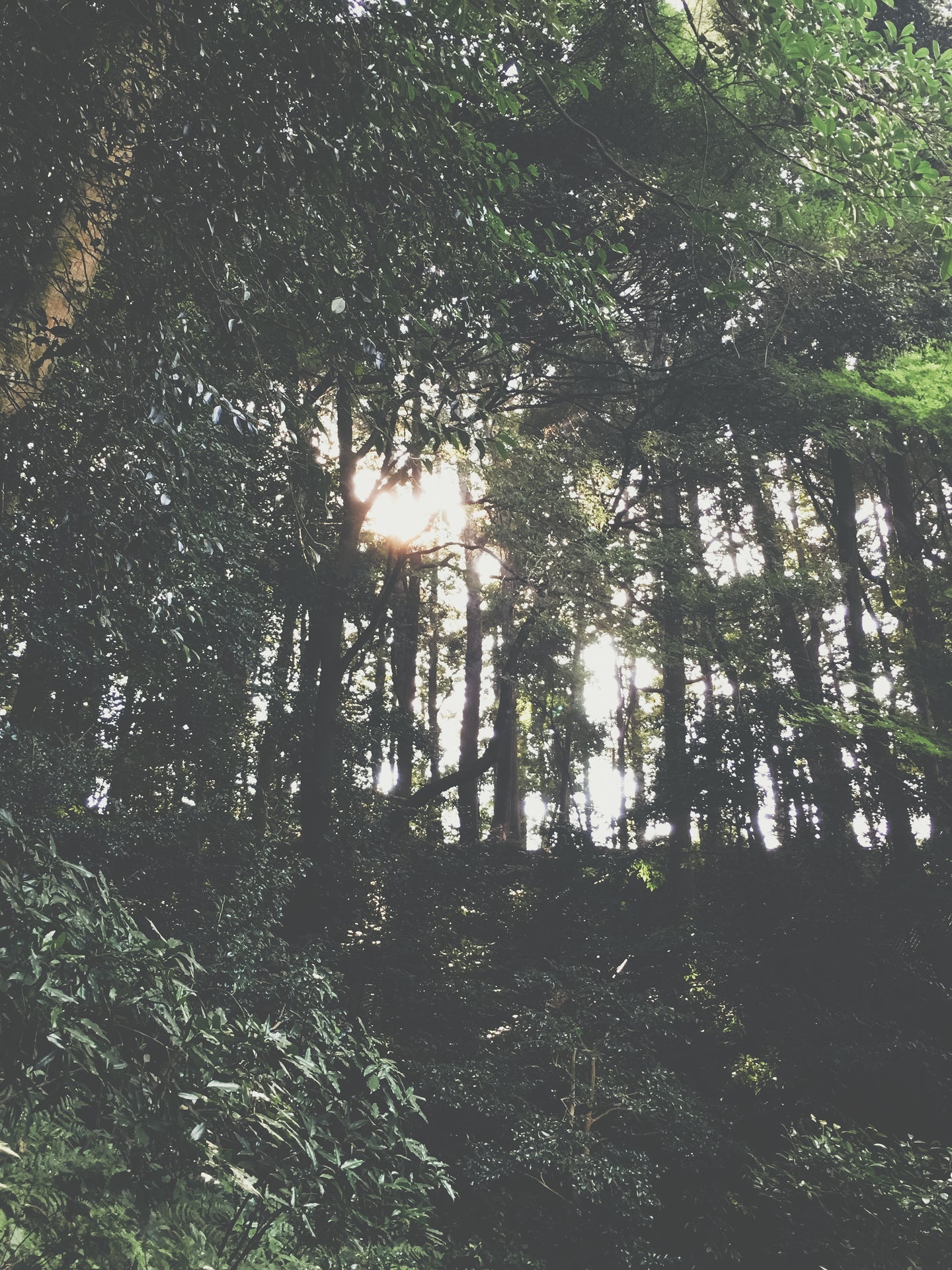



The challenge is that most of the land is owned by temples and private owners, who have little to gain from spending large amounts of money to safely cut down and replant forests. In most cases, it is simply something they also cannot afford. Aside from impacting the air and the views around the city, many of the trails around Kyoto run through these plots of land, so improving them really is a benefit for citizens and keen hikers coming in from all over the place. Above that, of course, is the potential habitats for wildlife, constantly being cut back over the decades.The end point of it is that making these changes requires money to come from somewhere, and with the government struggling to pay for many basic municipal functions at the moment, it comes down to generous individual donors and companies within the city. When thinking what to do with the remaining proceeds, this seemed like a great cause to support, and that’s where the profits of Higashiru’s second batch have gone. We look forward to seeing greater diversity, more life, and the benefits of more CO2 pickup from the broader range of carbon absorbing plants, trees and mosses. We also think it helps the mountains offer a lot more to enjoy as well.

For those interested in exploring Kyoto’s surrounding mountains, here are a couple of resources:
Kyoto Trail Website: https://kyoto-trail.net/trail_course.html
Kyoto City Official Travel Guide: https://ja.kyoto.travel/tourism/article/trail/


